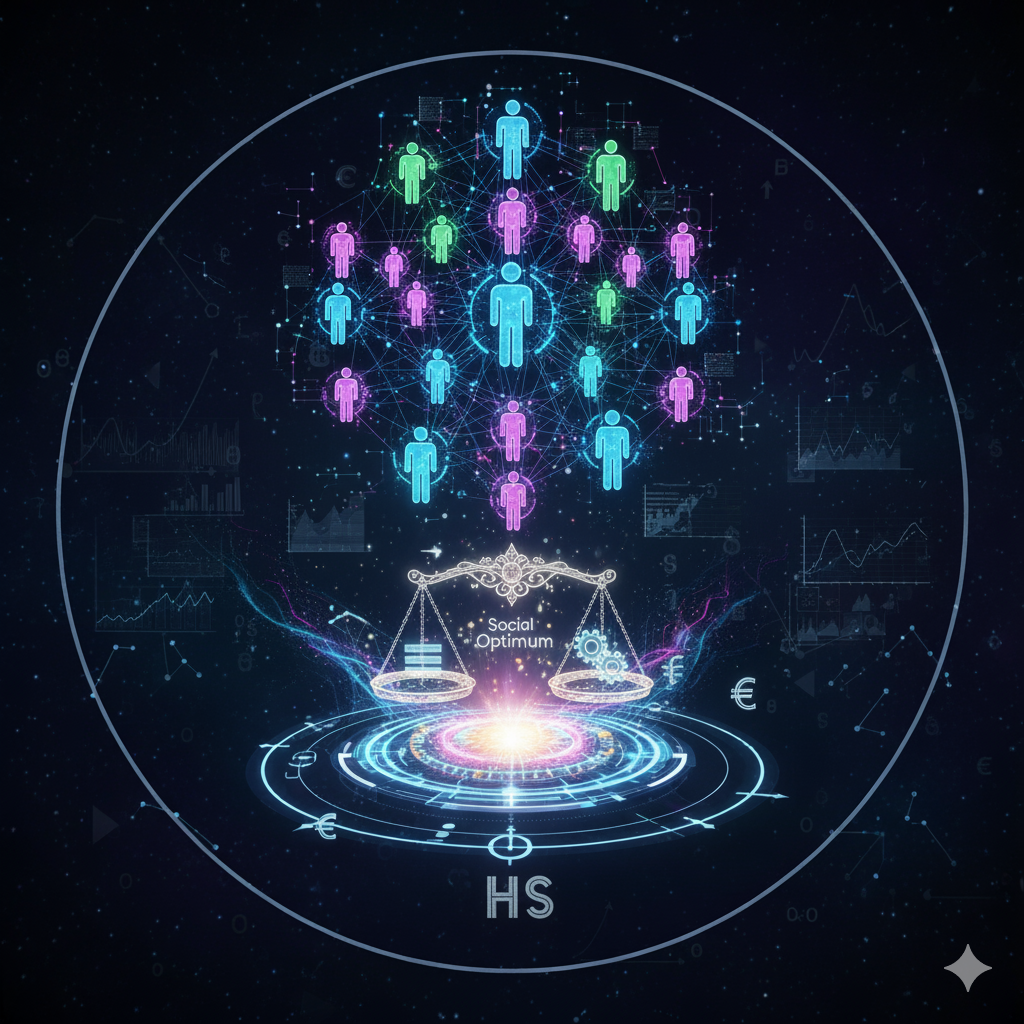Introduction
The digital era has transformed how we create, consume, and own content. Traditionally, ownership has been tied to physical assets—land, art, or goods. However, as more of our lives shift online, the concept of ownership itself is evolving. Enter NFTs or Non-Fungible Tokens, a groundbreaking technology that enables unique digital ownership using blockchain.
NFTs are redefining digital ownership by providing verifiable, immutable proof of authenticity and ownership over digital assets. From art and music to real estate and collectibles, NFT-based digital ownership is unlocking new possibilities for creators, consumers, and businesses worldwide.
This article explores the concept of NFT-based digital ownership, its working principles, benefits, challenges, applications, and future implications in an increasingly digital society.
Understanding NFTs and Digital Ownership
What are NFTs?
NFTs (Non-Fungible Tokens) are digital tokens that represent ownership of a unique asset on a blockchain. Unlike cryptocurrencies such as Bitcoin or Ethereum, which are fungible (interchangeable with each other), NFTs are unique and cannot be exchanged on a one-to-one basis.
Each NFT contains metadata and identifiers that make it distinct, verifiable, and traceable. They function as digital certificates of ownership or authenticity.
Digital Ownership Defined
Digital ownership means having control and rights over digital content or assets. This can include:
- Digital art and collectibles
- Music and videos
- Virtual real estate
- Domain names
- In-game items
- Intellectual property rights
NFTs enable digital ownership by linking the asset to a blockchain-based token, which can be bought, sold, or transferred like physical property but with added security and transparency.
How NFT-Based Digital Ownership Works
Blockchain Backbone
NFTs exist on blockchain platforms, most commonly Ethereum, though others like Binance Smart Chain, Solana, and Tezos also support NFTs. The blockchain acts as a decentralized ledger, recording every transaction involving the NFT.
Minting NFTs
Creating an NFT involves “minting” — converting a digital file (artwork, music, video, etc.) into a token on the blockchain. This process includes embedding metadata (title, description, creator info) and smart contracts that define ownership rights and transfer conditions.
Ownership Verification
Once minted, the NFT’s ownership is recorded on the blockchain, immutable and publicly verifiable. Owners can prove authenticity without intermediaries. Transfers or sales are recorded as new transactions on the blockchain, preserving provenance (ownership history).
Smart Contracts and Rights Management
NFTs often include smart contracts — self-executing agreements coded into the blockchain. These can automate royalty payments to creators upon resale, enforce usage rights, or trigger unlockable content.
Benefits of NFT-Based Digital Ownership
1. Provenance and Authenticity
NFTs solve a critical problem in the digital realm — verifying authenticity. Since NFTs are unique and recorded on a public ledger, buyers can confirm the origin and legitimacy of a digital asset, reducing fraud and forgery.
2. True Ownership and Control
NFT holders have direct ownership rights, without reliance on centralized platforms. Unlike traditional digital licenses or DRM (Digital Rights Management), NFTs give owners real control — they can sell, trade, or display assets without restrictions.
3. Monetization Opportunities for Creators
Artists, musicians, and content creators can monetize their work directly, bypassing intermediaries. Smart contracts can enforce royalties automatically on secondary sales, providing ongoing income.
4. Transparency and Traceability
The blockchain ledger provides complete transparency of ownership history, transactions, and authenticity. This builds trust among buyers and collectors.
5. Digital Scarcity and Value
By creating digital scarcity, NFTs add value to digital assets. Unlike infinite copies of digital files, NFTs establish uniqueness and rarity, making digital art and collectibles collectible and valuable.
6. Interoperability
NFTs can be used across multiple platforms, marketplaces, and applications, fostering a broad ecosystem for digital ownership and commerce.
Challenges and Concerns
1. Environmental Impact
Most NFTs are minted on Ethereum, which currently uses energy-intensive Proof of Work (PoW) consensus, raising concerns about carbon footprint. However, Ethereum is transitioning to more eco-friendly Proof of Stake (PoS), and alternative blockchains are more energy-efficient.
2. Intellectual Property Issues
Ownership of an NFT does not always grant copyright or reproduction rights unless explicitly stated. Confusion over rights can lead to legal disputes.
3. Market Volatility and Speculation
NFT prices can be highly volatile, driven by hype and speculation, which may lead to market bubbles and financial risks for buyers.
4. Accessibility and Technical Barriers
Understanding blockchain, wallets, and NFT marketplaces requires technical knowledge, potentially limiting accessibility to mainstream users.
5. Regulatory Uncertainty
The legal status and regulation of NFTs are still evolving worldwide, leading to uncertainties around taxation, consumer protection, and intellectual property.
Applications of NFT-Based Digital Ownership
1. Digital Art and Collectibles
Artists tokenize their artworks as NFTs to sell directly to collectors globally. This sector is one of the largest drivers of NFT adoption.
- Famous sales like Beeple’s digital artwork selling for $69 million at Christie’s auction have brought NFTs mainstream.
- Digital collectibles like CryptoPunks and Bored Ape Yacht Club represent unique digital avatars owned by collectors.
2. Music and Entertainment
Musicians release albums, concert tickets, and exclusive content as NFTs, allowing fans to own limited edition digital music and memorabilia.
3. Virtual Real Estate and Gaming
NFTs represent ownership of virtual land or in-game items:
- Platforms like Decentraland and The Sandbox allow users to buy, develop, and sell virtual land parcels as NFTs.
- In games, NFTs enable players to own and trade unique items or characters, adding real-world value to gaming assets.
4. Domain Names and Digital Identity
NFTs can represent ownership of decentralized domain names (e.g., .eth domains) or digital identities, providing control over personal data and online presence.
5. Intellectual Property and Licensing
NFTs can represent licenses or patents, allowing creators and inventors to manage and monetize their intellectual property transparently.
6. Ticketing and Memberships
Event tickets or exclusive memberships can be issued as NFTs, preventing fraud and enabling secondary market sales with royalties to organizers.

The Future of NFT-Based Digital Ownership
1. Mainstream Adoption
As user-friendly platforms emerge, more creators and consumers will adopt NFTs, expanding beyond art and gaming into real estate, education, and supply chains.
2. Integration with Metaverse and Web3
NFTs are foundational to the metaverse—virtual worlds where digital ownership, identity, and economy intertwine. NFTs will enable ownership of digital assets and spaces in Web3 ecosystems.
3. Enhanced Rights and Functionality
Advancements in smart contracts will enable more complex rights management, fractional ownership, and programmable assets, broadening NFT utility.
4. Sustainability Improvements
Transitioning to energy-efficient blockchains and Layer 2 solutions will reduce NFTs’ environmental impact, increasing social acceptance.
5. Regulatory Clarity and Legal Frameworks
Governments will establish clearer regulations on NFTs, intellectual property, taxation, and consumer protection, facilitating safer markets.
Conclusion
NFT-based digital ownership is a revolutionary shift in how we perceive and manage ownership in the digital age. By leveraging blockchain’s transparency, immutability, and decentralization, NFTs provide verifiable, secure, and transferable proof of ownership for unique digital assets.
This new paradigm empowers creators with direct monetization opportunities, grants owners real control, and enhances trust and transparency across digital ecosystems. Despite current challenges like environmental concerns and regulatory uncertainties, the rapid growth and innovation around NFTs suggest a transformative future.
As the digital world expands with metaverse platforms, virtual goods, and decentralized identities, NFT-based digital ownership will be central to defining value and rights in cyberspace—ushering in a new era of digital empowerment and creativity.





I have been browsing on-line more than 3 hours these days, yet I
by no means discovered any attention-grabbing article like
yours. It’s lovely value sufficient for me. Personally, if
all website owners and bloggers made good content material as you did, the net shall be a lot more useful than ever before.